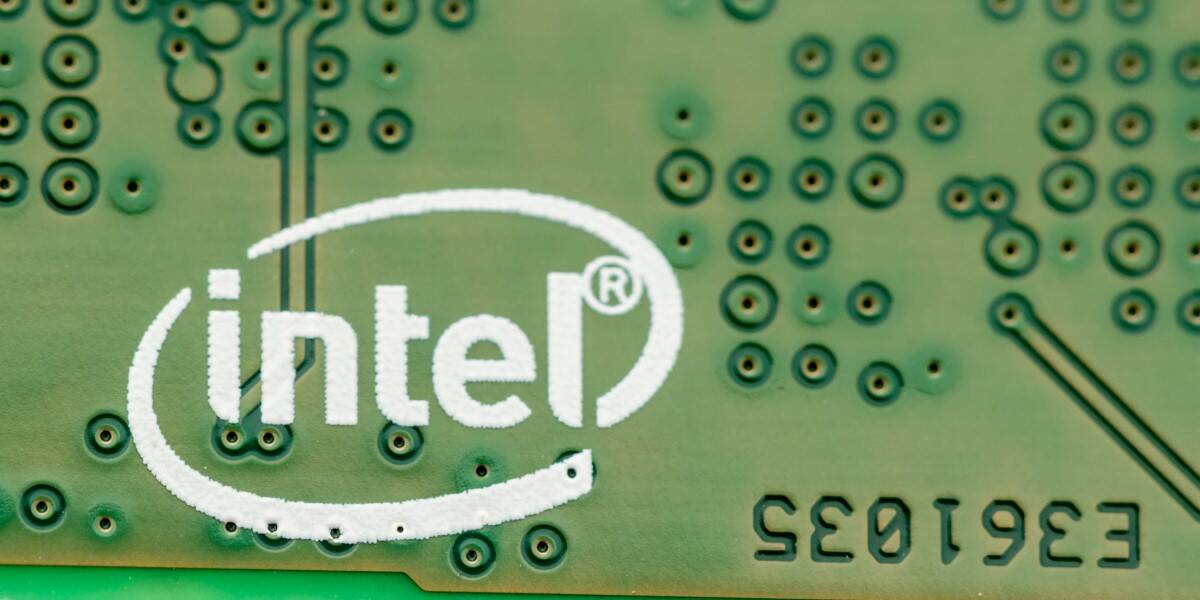silversurfer
Level 85
Thread author
Verified
Honorary Member
Top Poster
Content Creator
Malware Hunter
Well-known
- Aug 17, 2014
- 10,146
- Content source
- https://www.theregister.com/2022/12/29/intel_vlsi_patent/
Intel and SoftBank-backed VLSI Technology have agreed to end a $4 billion patent dispute, according to documents filed in Delaware District Court this week.
The decision marks a victory for Intel, which has already lost $3 billion in failed patent disputes to VLSI over the past few years.
The case in question [PDF] dates back to 2018 and alleged that Intel had infringed on five VLSI-owned patents governing things like secure communications, power optimization and delivery, and flip-chip interconnects.
If VLSI sounds familiar, that's because the company has been lurking around the semiconductor industry in one shape or form since the late '70s. The company originally made ASICs before it was acquired by Philips Electronics and later spun off under NXP. But despite any early successes in chipmaking, VLSI is now owned by SoftBank's Fortress Investment Group, and appears to exist solely to sue chipmakers it believes have violated its intellectual property — in other words, it's a patent troll.
The decision to call it quits comes after nearly five years of litigation. Tuesday, Intel and VLSI released a joint filing [PDF] in which Intel and VLSI mutually agreed to dismiss the case and resolve all disputes over Intel's use of the aforementioned patents. Critically, VLSI has done so with prejudice. As we understand it, this means the company can't refile the case.

Intel settles to escape $4b patent suit with VLSI
Turns out patent trolls don't like being outed by their lawyers
